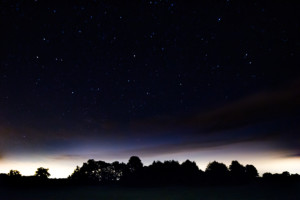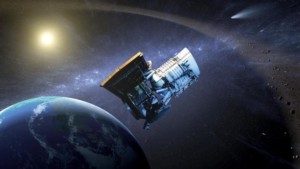Key information for official sites with agreements:
- Camp High Road is open unless specified on Camp High Road specific page
- C.M. Crockett is open only during periods specified on the Crockett specific page
- Meadowkirk observing requires explicit permission. See Meadowkirk page for details
- Sky Meadows State Park is open for vetted volunteers only unless posted on the Sky Meadows specific page
- Spruce Knob Mountain Center: See site specific page or contact site coordinator for availability
Rappahannock County Park is open to members and the public by permit only every Friday and Saturday night. For information about obtaining a permit, contact Torney Van Acker at torney630@gmail.com.
Contact the NOVAC Site Coordinator for reservations – full information can be found on the Spruce Knob member info page.
Rappahannock County Park is open to members and the public by permit only every Friday and Saturday night. For information about obtaining a permit, contact Torney Van Acker at torney630@gmail.com.
Rappahannock County Park is open to members and the public by permit only every Friday and Saturday night. For information about obtaining a permit, contact Torney Van Acker at torney630@gmail.com.
Rappahannock County Park is open to members and the public by permit only every Friday and Saturday night. For information about obtaining a permit, contact Torney Van Acker at torney630@gmail.com.

RSVP here.
Members of the public are invited to view the wonders of the universe through the telescopes of NOVAC volunteers. You do not need to be a member of the club or own any astronomical equipment to attend. Masks are required and up to 10 visitors at a time are allowed around a single telescope.
Featured objects include Mars, the Orion Nebula, various star clusters, and galaxies.
From 5pm until sunset (7:42pm) you can inspect different telescopes and other visual equipment on the field. Have a cosmic question? One of our astronomers will be happy to help you. After sunset be prepared to enjoy the wonders of the night sky!
After arriving at the main gate, take the first left into the gravel parking lot. There is additional parking up the road. There should be some telescopes setup in the nearby field. Please dim your headlights if you are arriving after dark and please do not drive onto the field unless you are a volunteer.
Dress warmly! Please check the weather forecast. For lighting, cover a flashlight in red cellophane (the darker the better). Bring along water to keep hydrated and plan on staying the entire evening or as long as the weather allows. Feel free to walk around and the different telescopes on display but please ask the owner before using. Please monitor your children around expensive astronomical equipment. Remember, telescope mirrors are sensitive to cigarette smoke and bug spray. Finally, pets should not be brought onto the observing field unless they are service animals.
Note: This event is weather-dependent and may be cancelled because of significant cloud cover or precipitation.
Please read the C.M. Crockett Page for park details.

Asteroids and Comets: Earth’s Nearest Neighbors
Dr. Amy Mainzer
Sunday, April 11, 2021
7:30 PM to 9:00 PM EST
Online event
meet.google.com/osh-bcyd-gti
Monthly Meeting – Public Invited
Abstract:
Asteroids and comets, leftover fragments from the formation of our solar system, represent repositories of primordial material. As such, they provide clues to the processes by which planetary systems form and evolve. Over time, asteroids and comets have impacted the Earth and its moon, altering the surfaces of both. Scientists’ understanding of these small bodies has grown with improvements in survey technology, as well as in situ exploration missions. Nonetheless, many basic questions about these objects remain, including when the next substantial Earth impact might occur.
Bio:
Dr. Amy Mainzer is a professor of planetary science at the University of Arizona. She is the principal investigator of NASA’s NEOWISE mission, which studies Earth-approaching asteroids and comets, and built a camera for NASA’s Spitzer Space Telescope.
